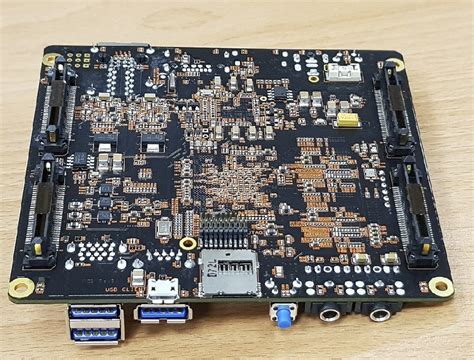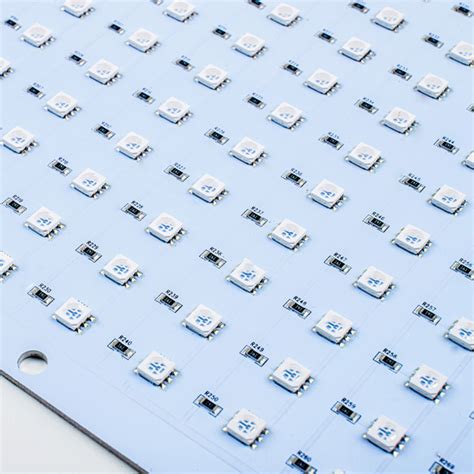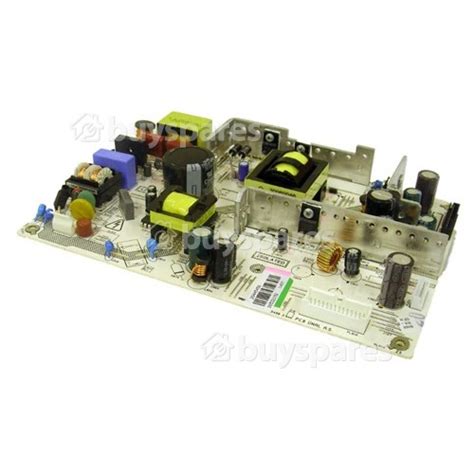PCB manufacturing method
PCB (Printed Circuit Board), Chinese name is printed circuit board, also known as printed circuit board, printed circuit board, is an important electronic component, a support for electronic components, and a provider of electrical connections for electronic components. Because it is made by electronic printing, it is called a “printed” circuit board. There are two types of PCB manufacturing methods: additive method and subtractive method.
Additive method: On a substrate without copper foil, a conductive material is selectively deposited to form a printed circuit board PCB with a conductive pattern. There are screen printing electroplating method, pasting method, etc.
Subtractive method: On a copper-clad board, a photochemical method is used to screen print a pattern transfer or electroplate a pattern anti-corrosion layer, and then the copper foil of the non-graphic part is etched away or the unnecessary part is removed mechanically to make a printed circuit board PCB.
There are two main subtractive methods: engraving method and etching method. The engraving method is to remove unnecessary copper foil by mechanical processing, and can quickly produce printed circuit boards (PCBs) under single-piece trial production or amateur conditions; the etching method is to remove unnecessary copper foil by chemical corrosion, which is currently the most important PCB manufacturing method. Let’s mainly learn about the etching method.
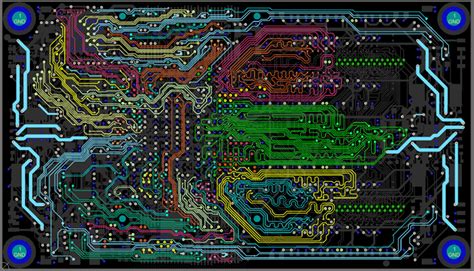
1 Pattern plating etching process
(1) The process takes double-sided boards as an example.
The process is: cutting → drilling → PTH (chemical copper plating) → copper plating on the board → photo imaging → pattern plating → alkaline etching → solder mask + character → hot air leveling (HAL) → machining → electrical performance test (ETest) → FQA → finished product.
(2) Key points Only the conductive pattern is selectively plated.
The board is drilled, electroplated with copper, and photoimaged to form a conductive pattern. At this time, only the lines, holes, and pads are electroplated with copper to make the average copper thickness in the hole greater than or equal to 20μm, and then tinned (the tin plating layer is used as an etching resist), the dry film (or wet film) is removed, and alkaline etching is performed to obtain the required conductor pattern. The tin plating layer on the surface and in the hole is removed, the solder mask and characters are screen printed, hot air leveling is performed, machining is performed, and electrical performance testing is performed to obtain the required PCB.
(3) Features The process is complex and has many steps, but it is relatively reliable and can make fine lines.
Most European, American and Chinese companies use this process for production.
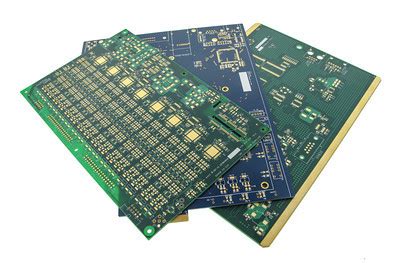
2 Panel plating etch process
(1) Process Unloading
→ Drilling → PTH (electroless copper plating) → Panel copper plating → Photoimage → Acid etching → Solder mask + characters → Hot air leveling (HAL) → Shape processing → Electrical test (E-Test) → FQA → Finished product
(2) Key points
① After drilling and electroless copper plating (PTH) of the board, the entire board surface and holes are electroplated to the required copper thickness, so that the average copper thickness in the hole is greater than or equal to 20μm.
② Only cover the holes and patterns with dry film, and use the dry film as an anti-corrosion layer.
③ Etch away the excess copper in an acidic etching solution to obtain the required conductor pattern.
(3) Features
① The process is simpler than the pattern electroplating etching method, but the process control is more difficult. Many Japanese companies use this process, and a small number of domestic companies also use this method for mass production.
② Difficulty: The uniformity of the thickness of the copper plating layer on the board surface is difficult to control. The copper layer is thick around the board and thin in the middle, making it difficult to etch evenly and difficult to produce fine lines.
③ If the dry film covers the holes, especially the holes with large diameters, and the etching solution enters the holes, the copper in the holes is etched away, and the board can only be scrapped.
3 SMOBC method (solder mask over bare circuit)
The bare copper circuit is covered with solder mask, and then hot air leveling (hot air leveling), or Ni/Au, or Ag, or Sn, or OSP (orgamic solderability preserrative, organic soldering protective film) is performed. The purpose is to have no solder (Pb-Sn, or metal layer Ni/Au, Ag, Sn, OSP) on the circuit, and only lead tin (or Ni/Au, Ag, Sn, OSP) is coated on the holes and pads.
The role of this process is to prevent the printed circuit board from causing circuit bridging during assembly and welding; save metal costs; and obtain good adhesion of the solder mask on the circuit. If the circuit is lead-tin solder, the solder mask layer of the circuit will be brittle during welding.
SMOBC is actually a graphic electroplating etching method.
This method has been used for two or three decades. In the 1970s and 1980s, after solder mask was applied on the bare copper circuit, hot air leveling was performed, which was commonly known as tin spraying by Guangdong people. The lead-tin solder was sprayed, with Pb: Sn being 37:63 or 40:60. This alloy ratio has the lowest eutectic point, which is 183·C. When Pb: Sn is 40:60, the eutectic point is 190·C.

In the hot air leveling (tin spraying) process, the Pb-Sn on the pad is not flat enough, making surface mounting SMT difficult.
Pure gold has excellent solderability. Sickle/gold (brocade as the bottom layer) is plated on the wire pattern, holes, and pads. After etching, all except the holes and pads are coated with solder mask, leaving only the holes and pads as Ni/Au, replacing Pb-Sn.
- This is what Guangdong and Hong Kong people call the water gold plate process. The gold layer is 24K pure gold, which is solderable and very thin, only 0.05 ~ 0.10μm. It needs to be nickel-plated as a base, 2~5μm thick, and then gold-plated with water. The gold content in the gold plating tank is not much, about 1g/L gold.
- It should be noted that this solderable thin gold is essentially different from the gold plating layer on the printed circuit board plug. The plug is plated with hard gold, which is wear-resistant and can be plugged and unplugged hundreds of times. It requires the gold layer to have a certain hardness, and the gold liquid in the gold tank contains trace cobalt (nickel, antimony) elements.
In addition, because the lead in the lead-tin alloy is toxic, according to the EU directive, the use of lead was banned in July 2006. Therefore, the surface coating of the SMOBC process has become today’s chemical immersion silver, immersion tin, immersion Ni/Au, and OSP to replace the Pb-Sn alloy. All these processes are ultimately graphic electroplating etching SMOBC processes.


